 There are many recipes for making yeast nutrition for plants. Recently, the fashion for organic fertilizers has returned, although there was a time when gardeners preferred chemical products to natural ones.
There are many recipes for making yeast nutrition for plants. Recently, the fashion for organic fertilizers has returned, although there was a time when gardeners preferred chemical products to natural ones.
Among the natural fertilizers that are actively used to fertilize garden and indoor plants, one can distinguish manure and bird droppings, sawdust, peat. In many areas there is a special compost pit - the remains of plants and fruits are sent there in order to obtain fertilizer as a result of the natural rotting process. Chicken droppings and mullein are usually bred with water. Such fertilizers can be applied to feed tomatoes, eggplant, trees and bushes.
Another great option for natural nutrition for plants is yeast nutrition, the recipe for which you can watch the video or find further in the text of this material.
Perhaps for someone it will be a real discovery that culinary yeast can be used as fertilizer for plants. You can buy yeast for a penny in any store, as a rule, they are even sold at the box office. But how to use them as fertilizer?
No doubt yeast fertilizers will benefit plants, because, this product contains many nutrients, as well as amino acids and trace elements. Such top dressing increases plant endurance, accelerates its growth, improves root formation. The soil is saturated with such important elements as nitrogen, potassium and phosphorus. The process of processing organics is also accelerated, which allows plants to grow and develop normally.
Cooking recipes
There are several common ways to make fertilizer based on this product. It all depends on whether wet or dry yeast is used. Alternatively, wheat sourdough may or may not be used in the recipe. It is important to observe the proportions in order to eventually get the right composition. Yeast is always dissolved only in warm water and it is better to water warm soil with this fertilizer.

Recipe number 1
Ten grams of dry yeast and 5 tablespoons of regular sugar should be diluted in ten liters of water. The fermentation process will begin. To strengthen the fertilizer, you can add to it a little wood ash and chicken droppings (somewhere around 500 grams). Insist all two hours. Then dilute this solution in the ratio of one to ten with ordinary water and water the plants.
Advice! This variant of fertilizer is best applied not to the trunk, but to water the soil near the trunk or stem of the plant.
Recipe number 2
If you take a kilogram of wet yeast in five liters of water, then you can prepare the second version of the fertilizer. Two hours later, when the substances enter into the reaction, it is necessary to dilute one to one with water and water the soil with fertilizer.
Recipe number 3
So much water is taken per kilogram of wheat grains to soak the product. Grains should swell in a day and young growths will appear. Grind them using a blender or scroll through a meat grinder. Add five tablespoons of sugar and a little flour.
The consistency of this fertilizer should be like thick sour cream. Next, cook for a quarter of an hour over low heat, let cool. As you can see, the yeast itself is absent in the recipe, but the fertilizer will be the same in nutritional composition and action as the first two cooking methods.
In what cases to apply
Most plant species actively respond to yeast nutrition.But it is best to use this fertilizer for plants that need to develop a powerful root system or promote active mass fruiting.

For which plants is it best to use yeast fertilizers:
1. Tomatoes and peppers, eggplant, cucumbers and beans.
2. Root crops such as radishes or carrots, when you need to develop large fruits, as well as collect an early crop.
3. For sunflower to accelerate ripening.
4. Suitable fertilizer for gourds (if used correctly).
5. Excellent means to accelerate the growth of seedlings - to carry out fertilizer a week after planting seeds in the ground, this will contribute to the rapid development of strong roots.
6. For indoor plants, flowers in open flowerbeds.
7. Fruit trees and shrubs.
Important! Yeast fertilizers are not suitable for potatoes, garlic and onions. Because, these fruits will become too loose and will then be poorly stored. Common chemical fertilizers for garden crops.
Please note that with constant use of this type of fertilizer, the soil can lose a lot of potassium and calcium. Therefore, in addition, you always need to bring eggshell or ash to the ground. 2-3 yeast top dressings are enough during the season to get the maximum result.
Yeast nutrition for plants and recipes are quite simple. But, you get a natural product that is perfect for a wide range of garden crops, indoor plants, fruit trees and shrubs.

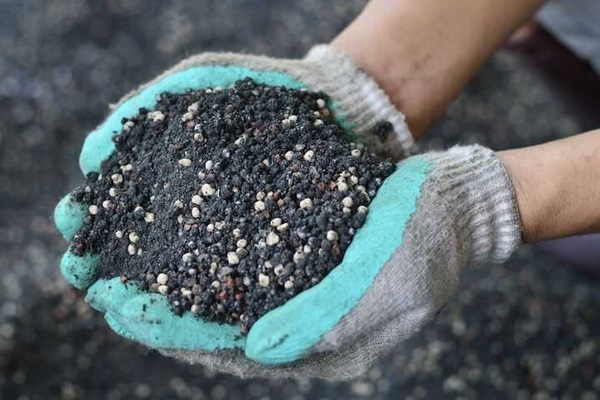
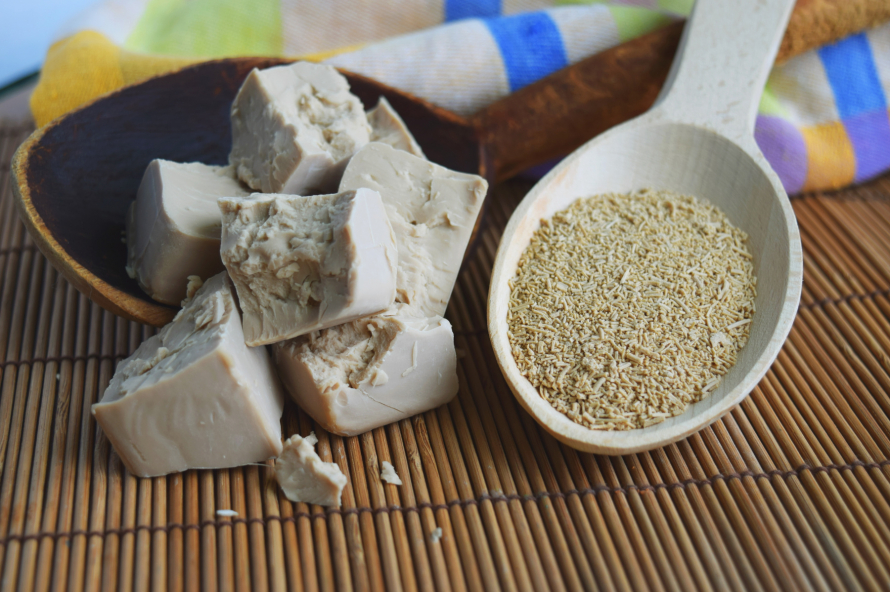
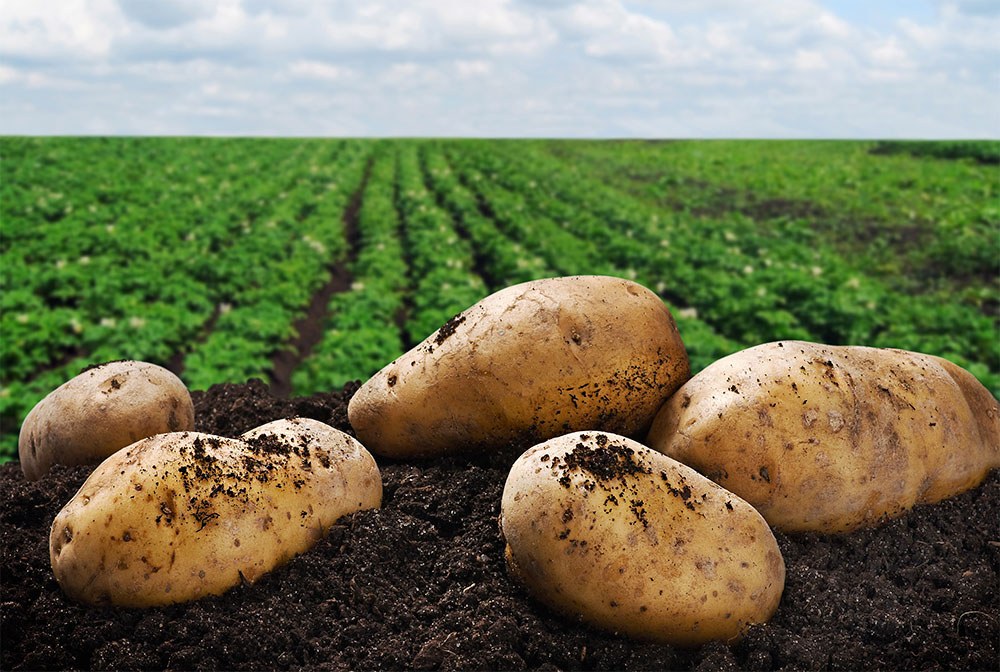
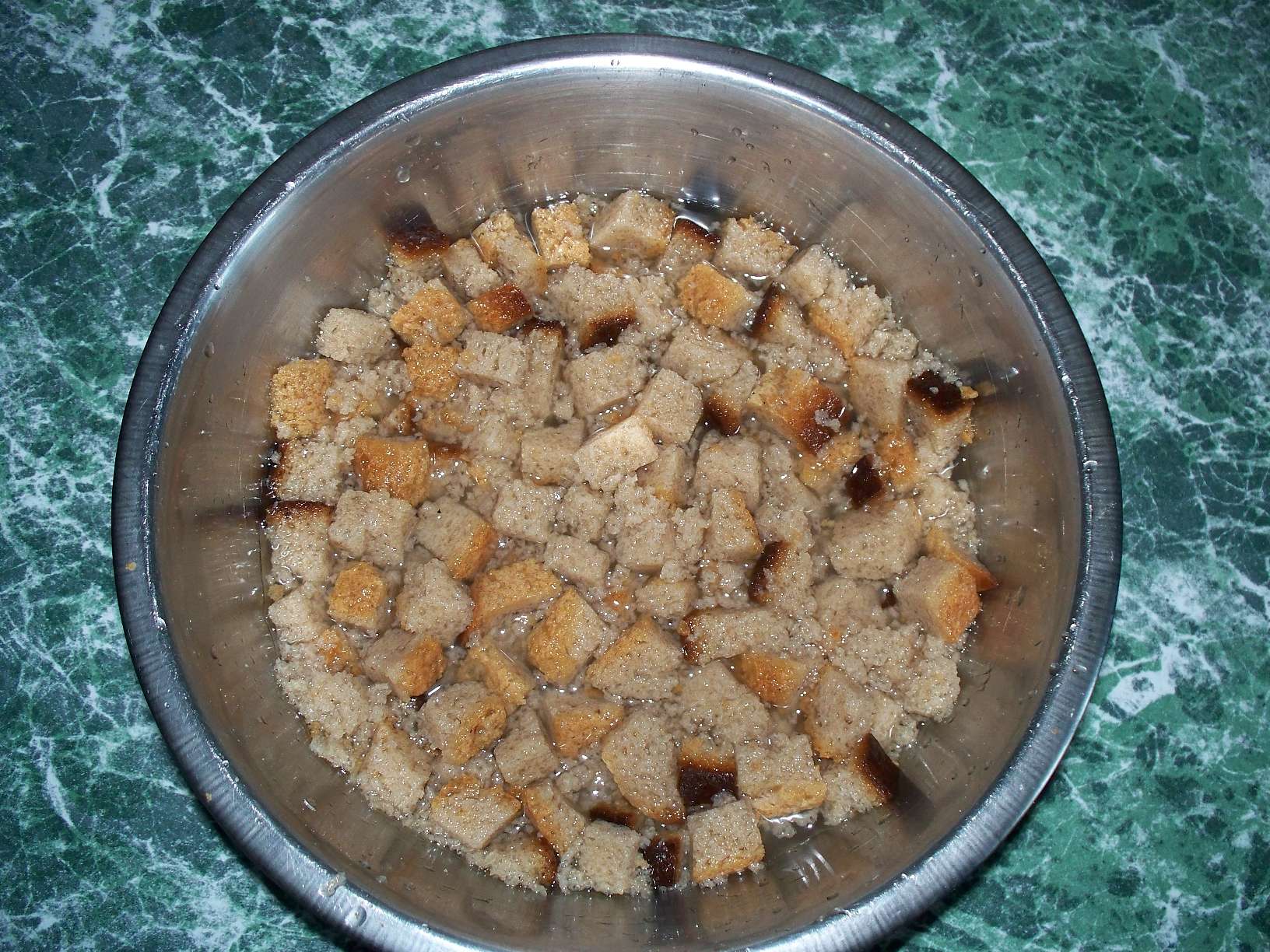 How to make bread infusion for feeding cucumbers
How to make bread infusion for feeding cucumbers Superphosphate: what is it and how to apply it
Superphosphate: what is it and how to apply it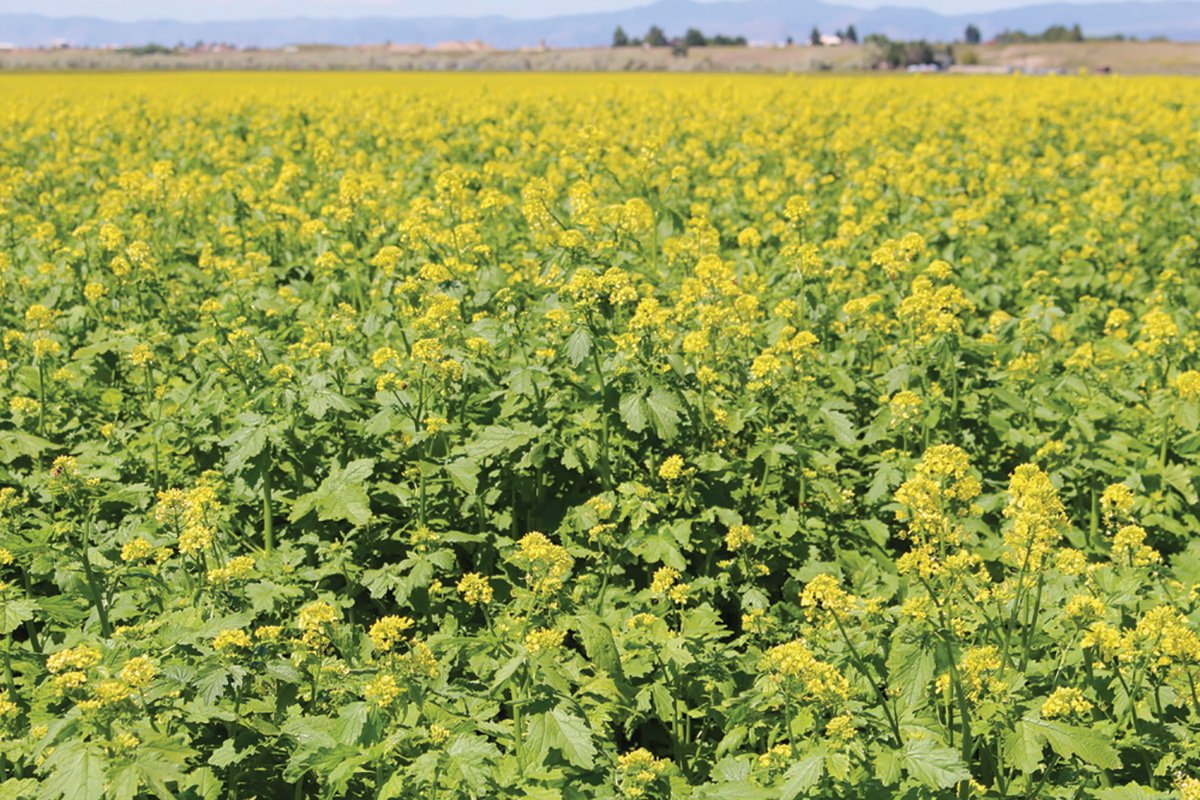 What problems can be expected from siderats?
What problems can be expected from siderats?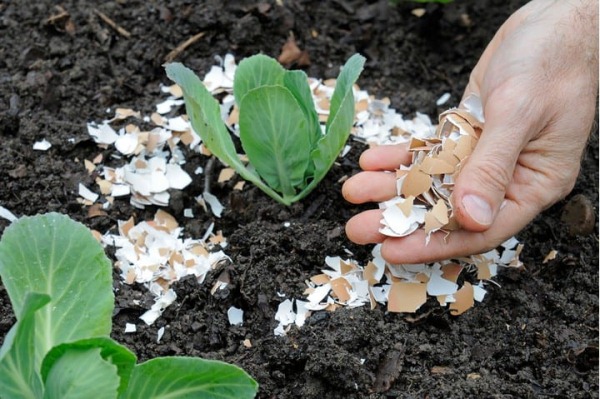 Secrets of the collection, storage and use of eggshells in the garden
Secrets of the collection, storage and use of eggshells in the garden